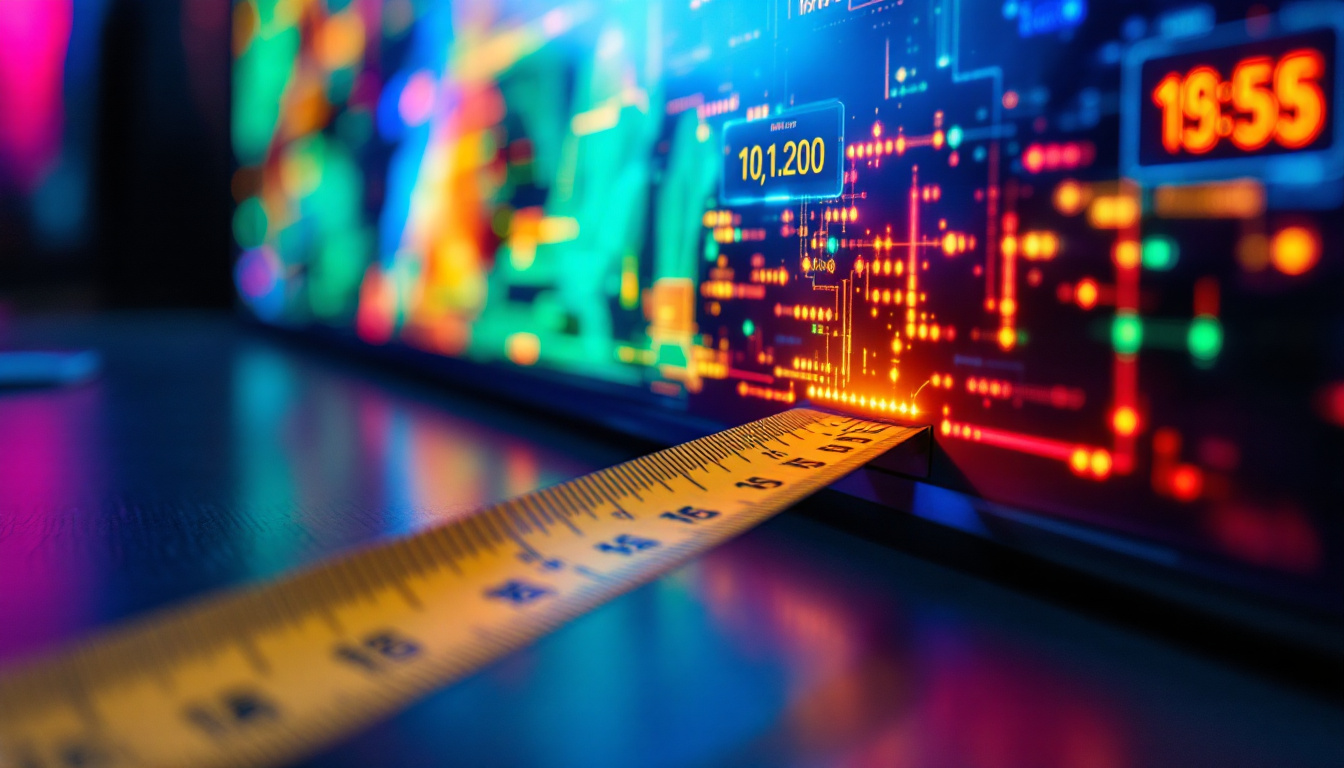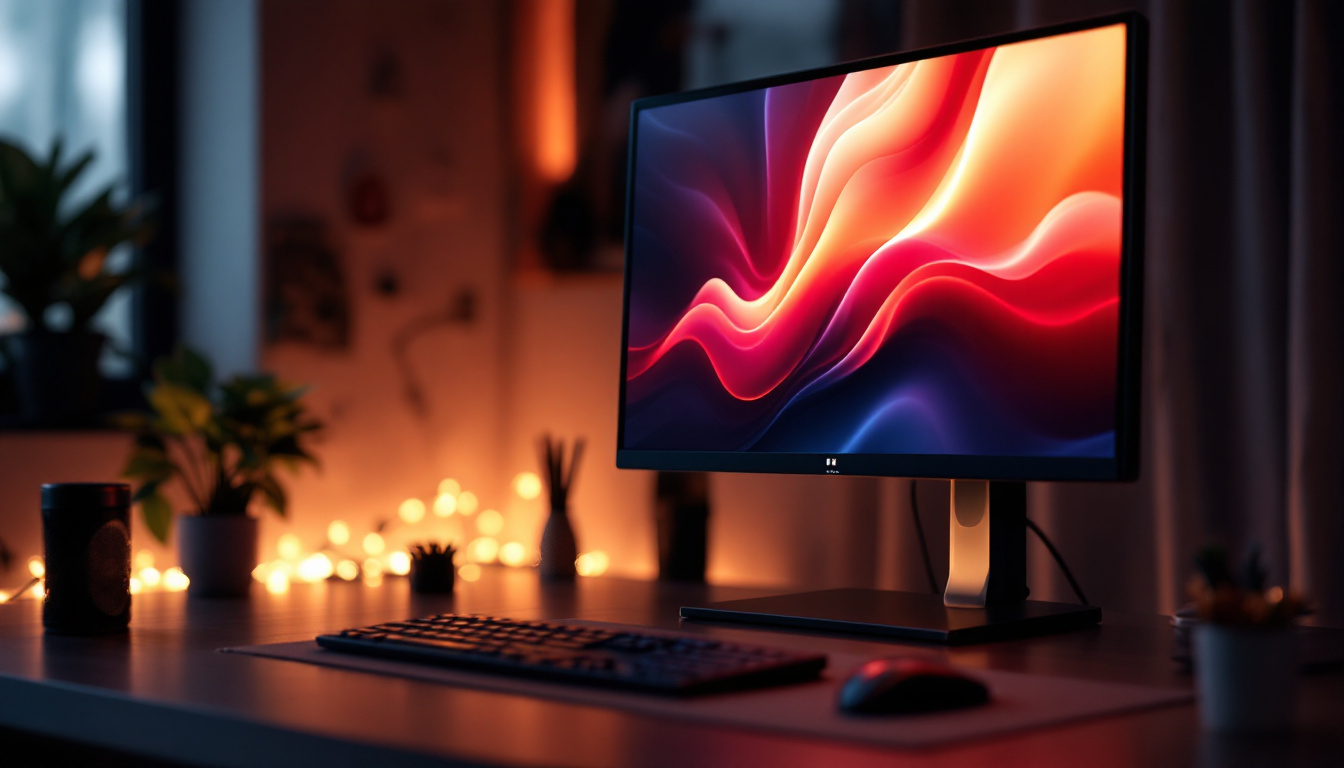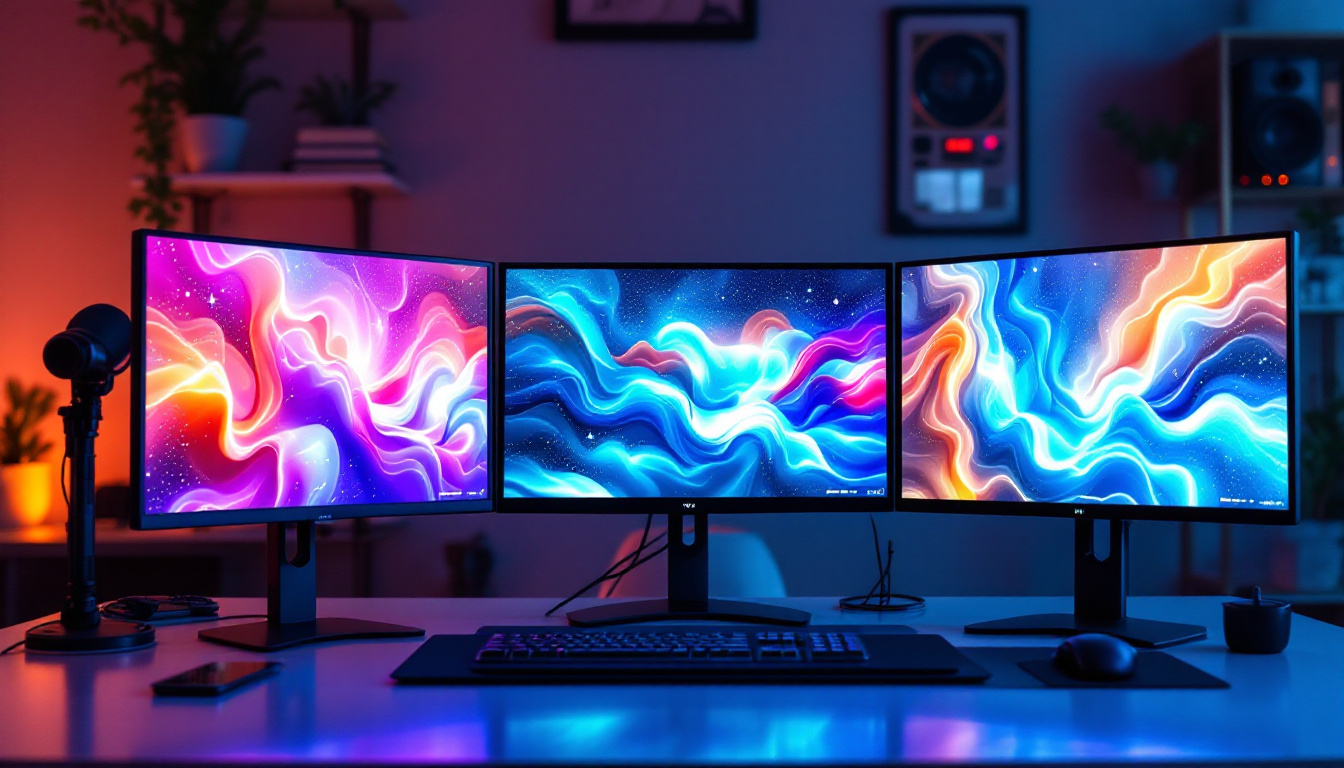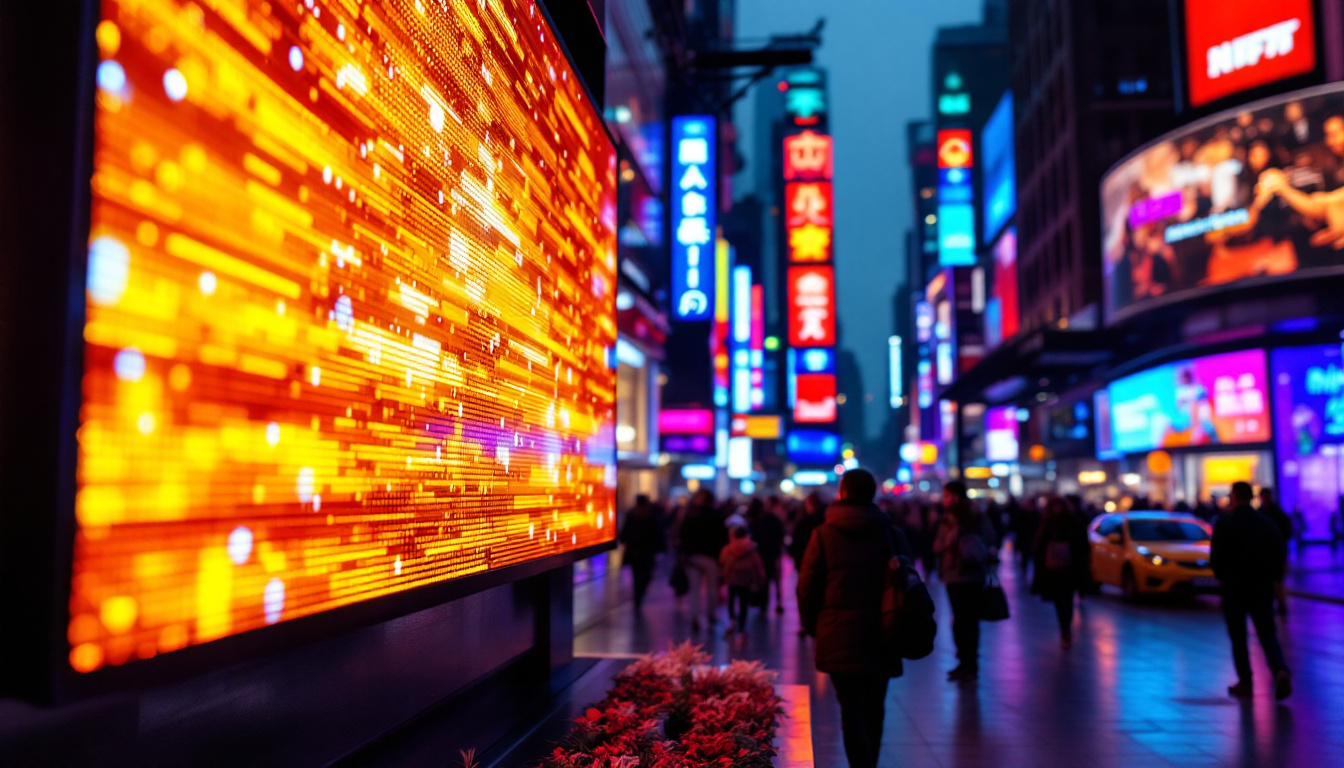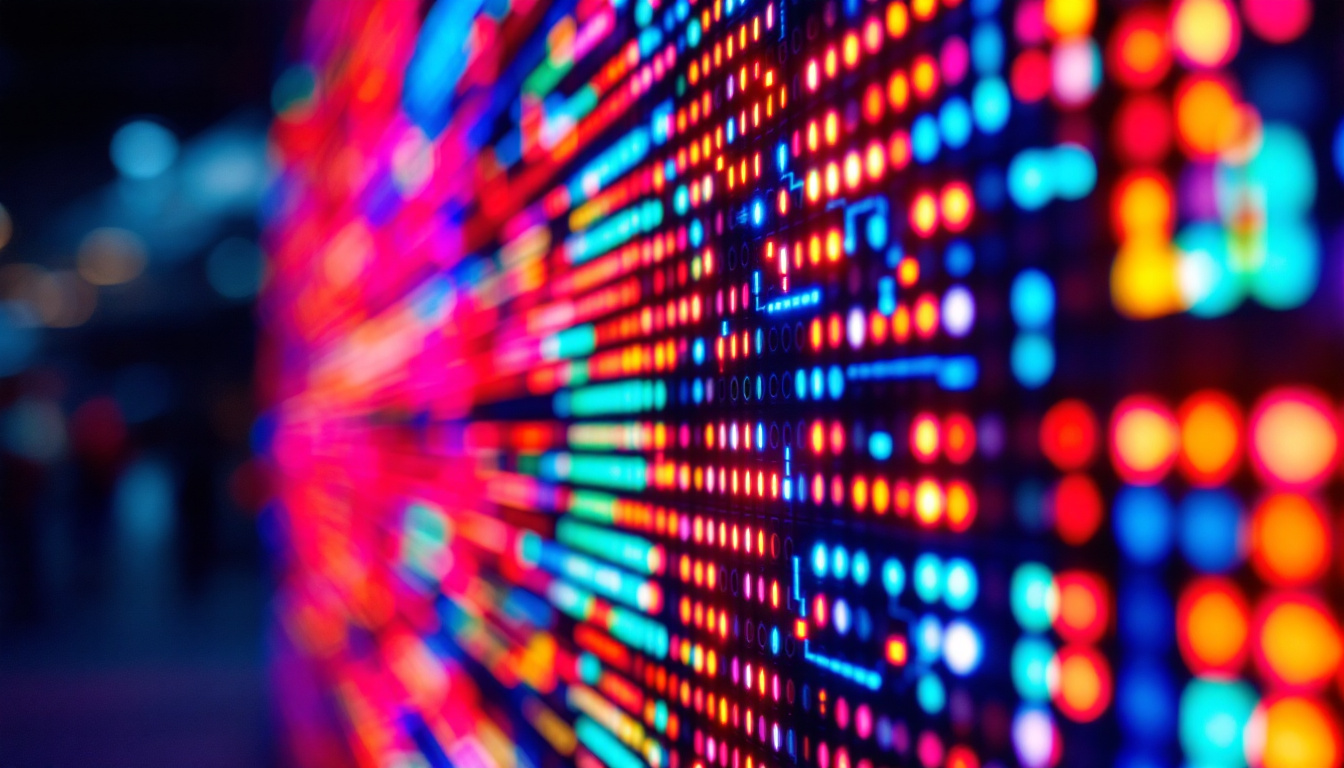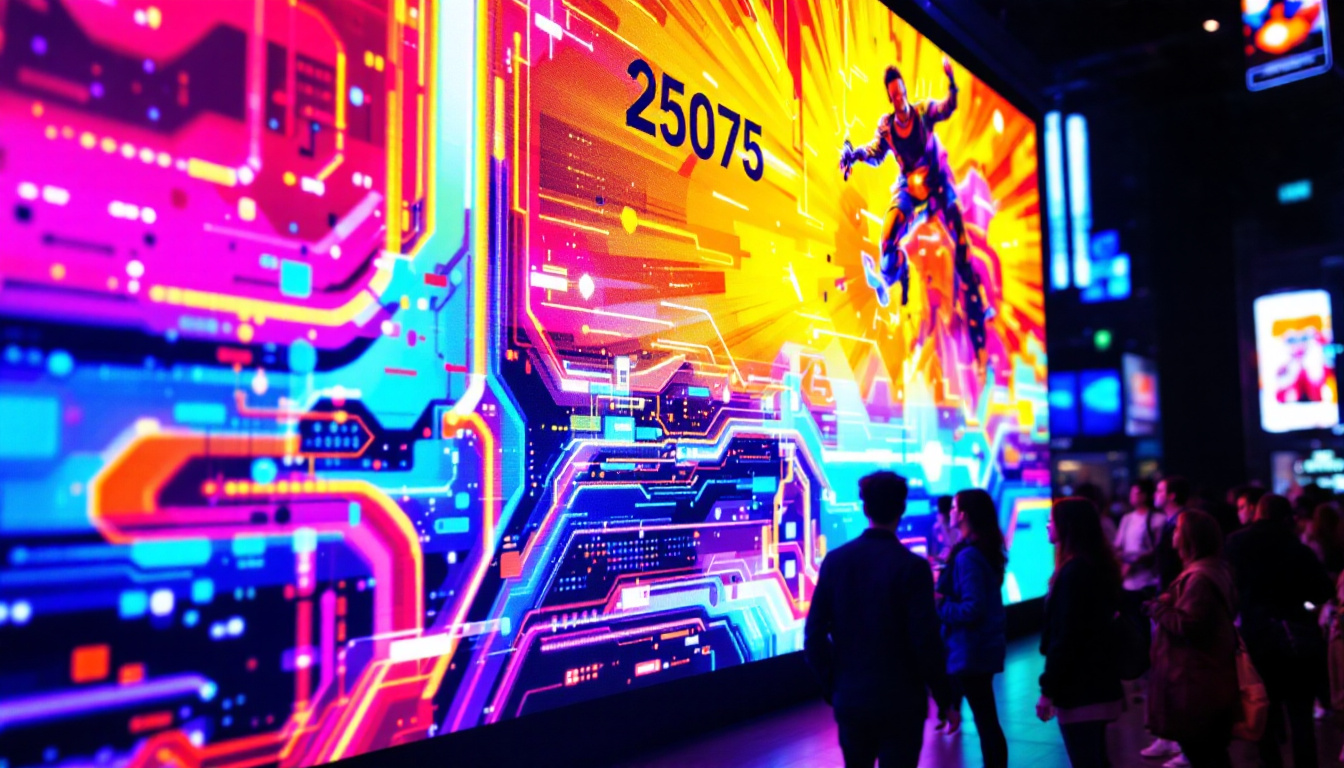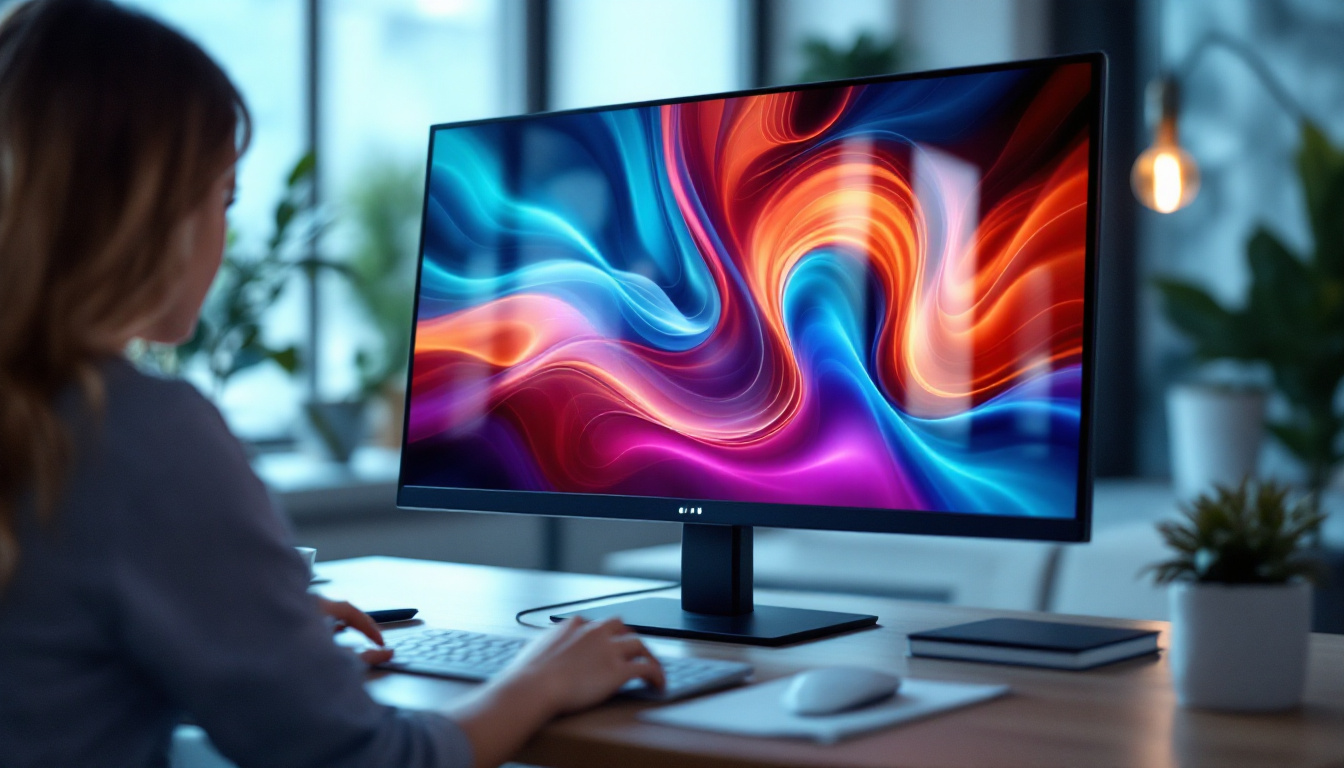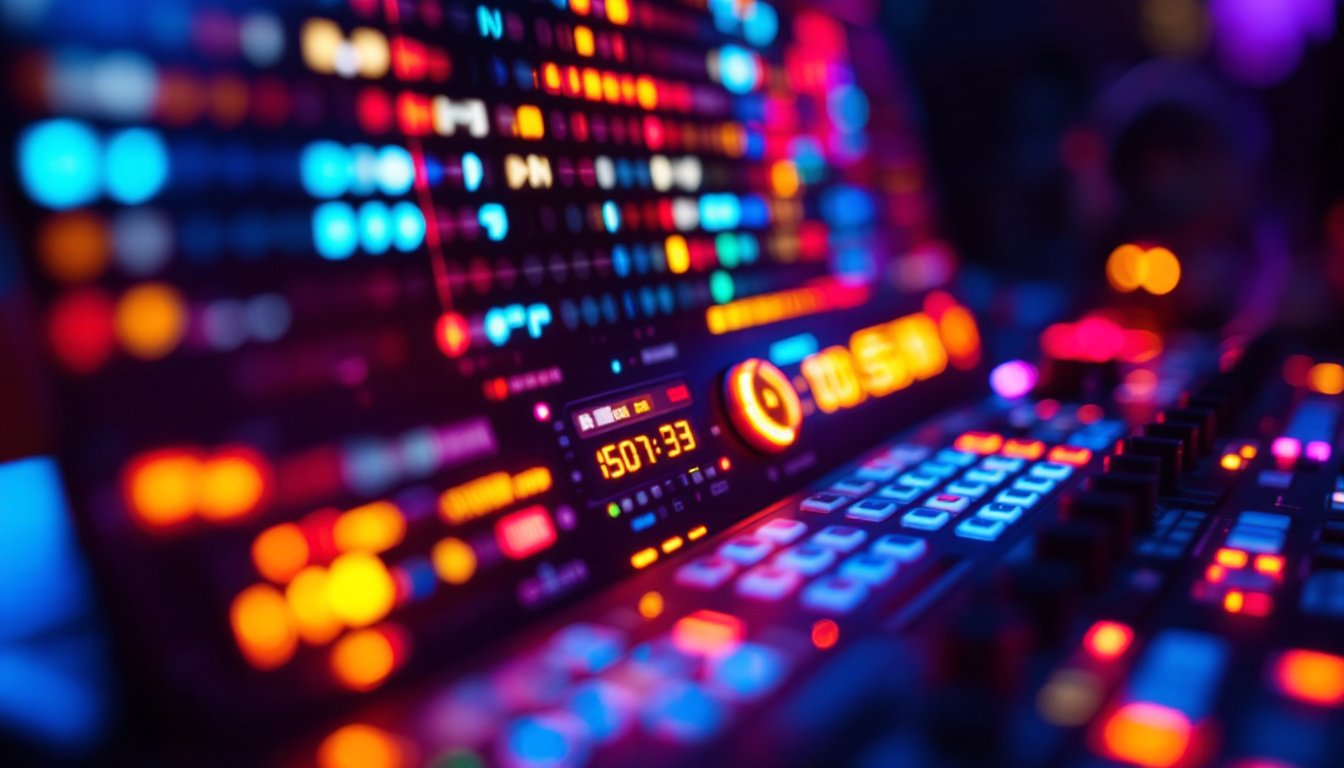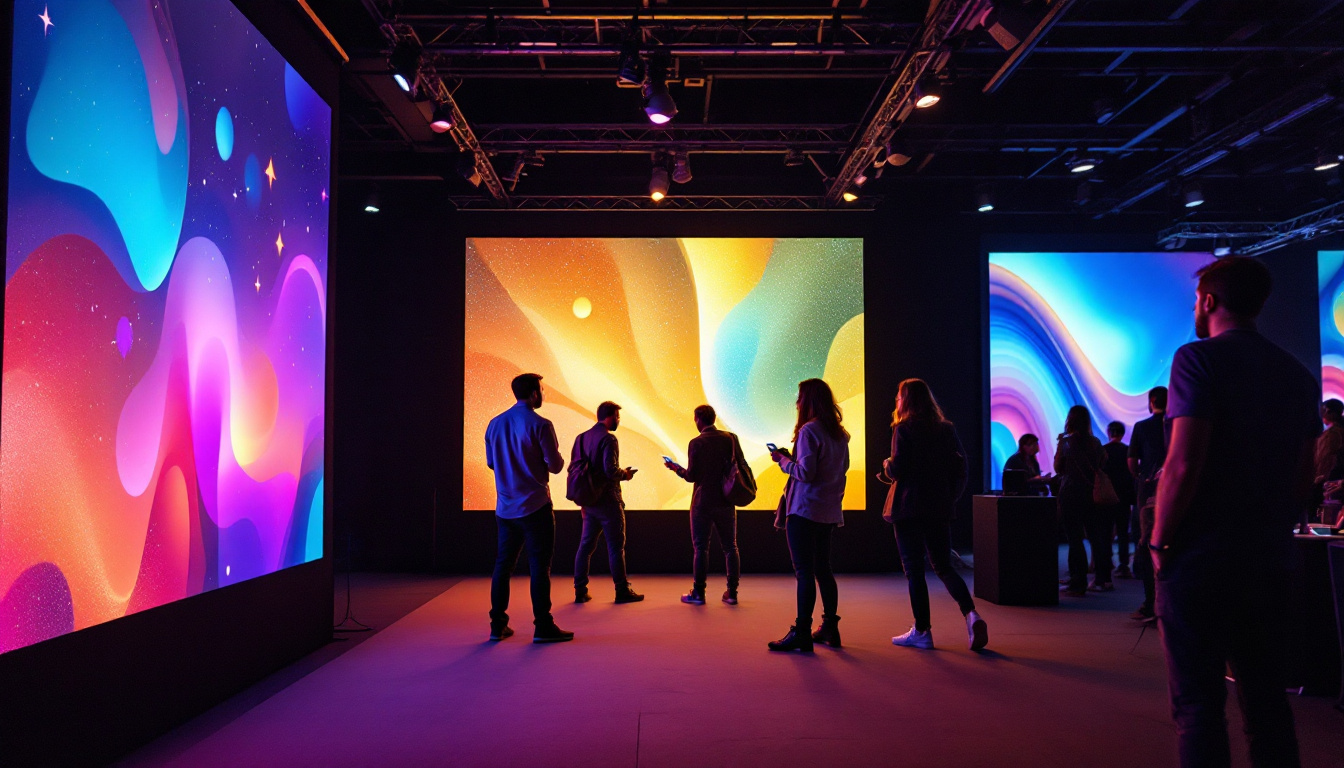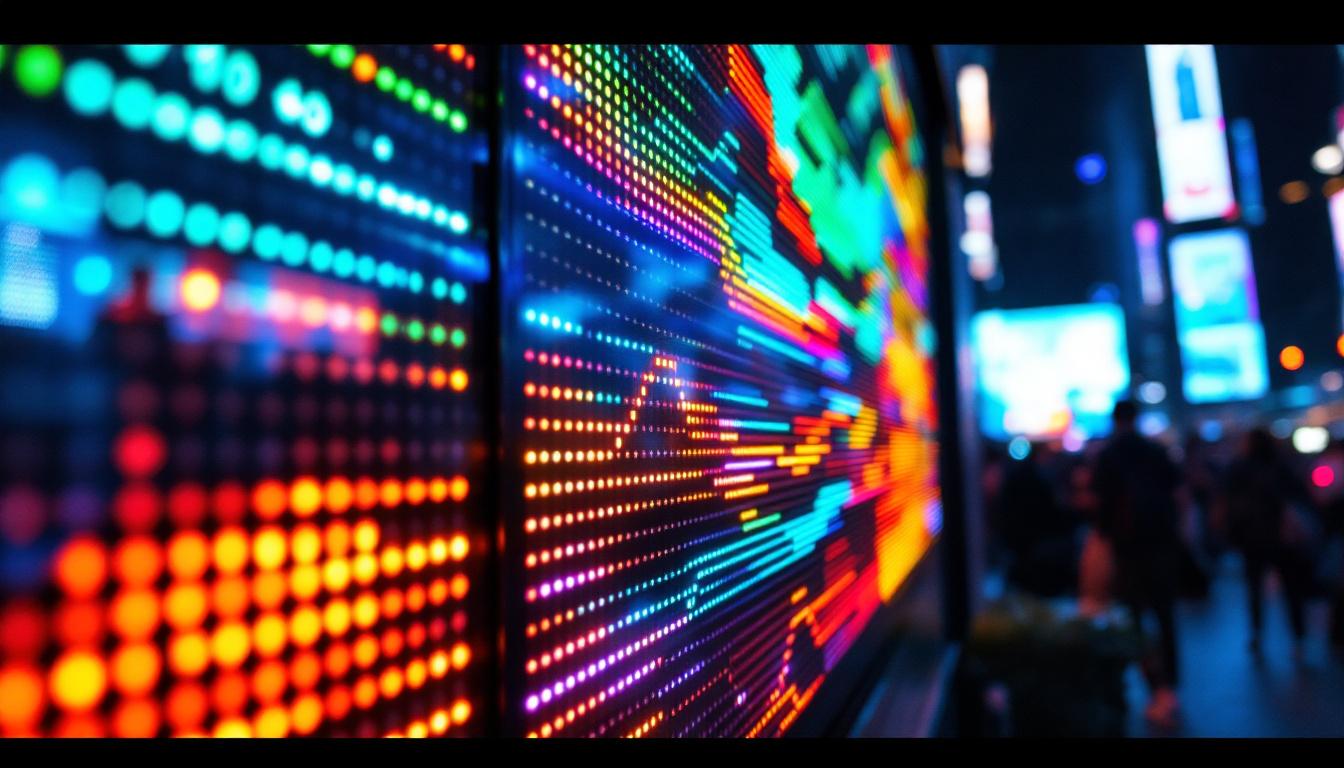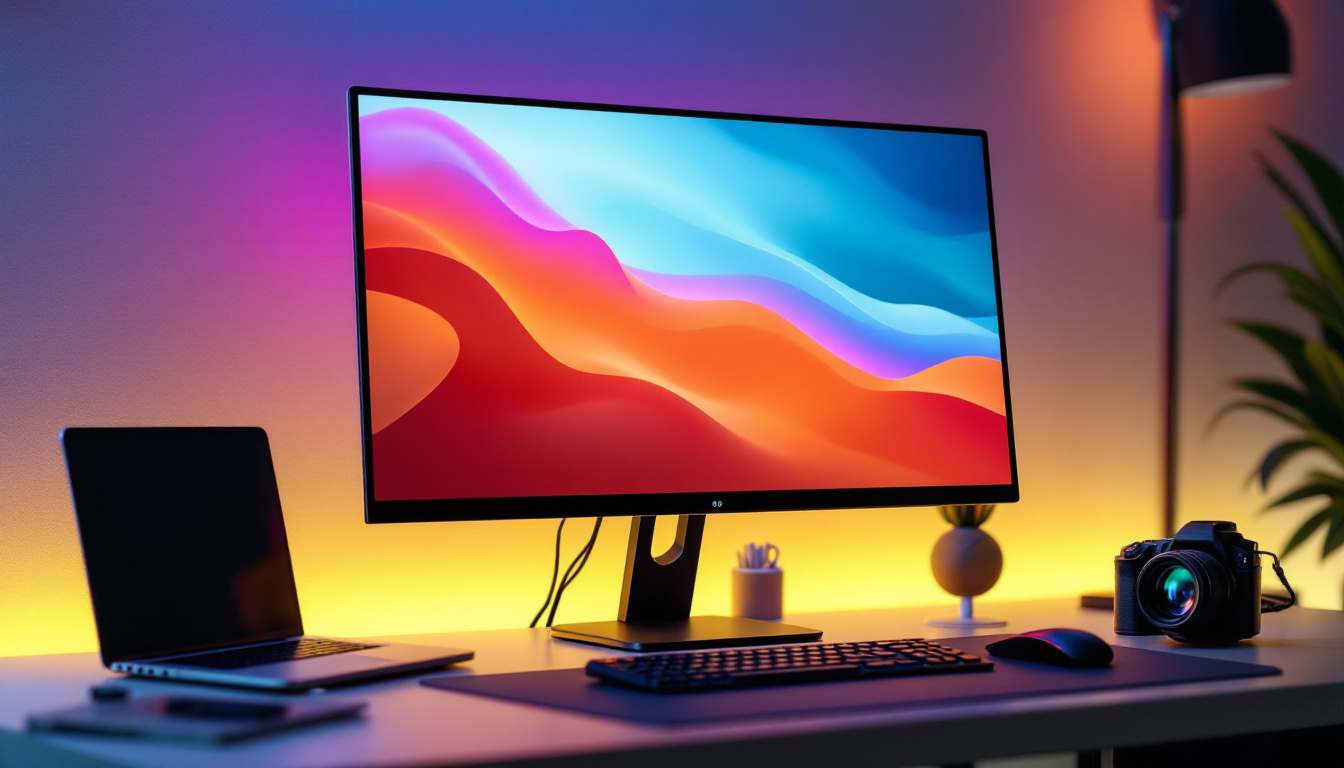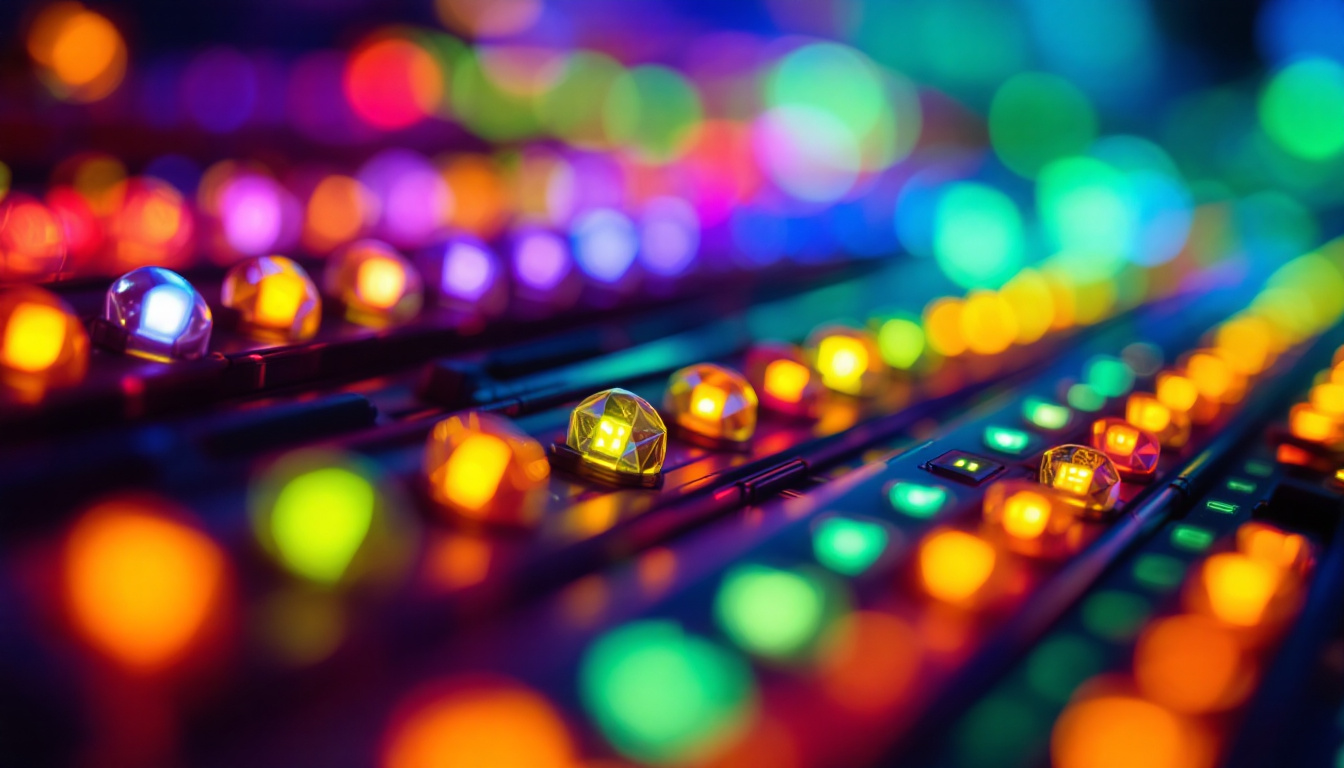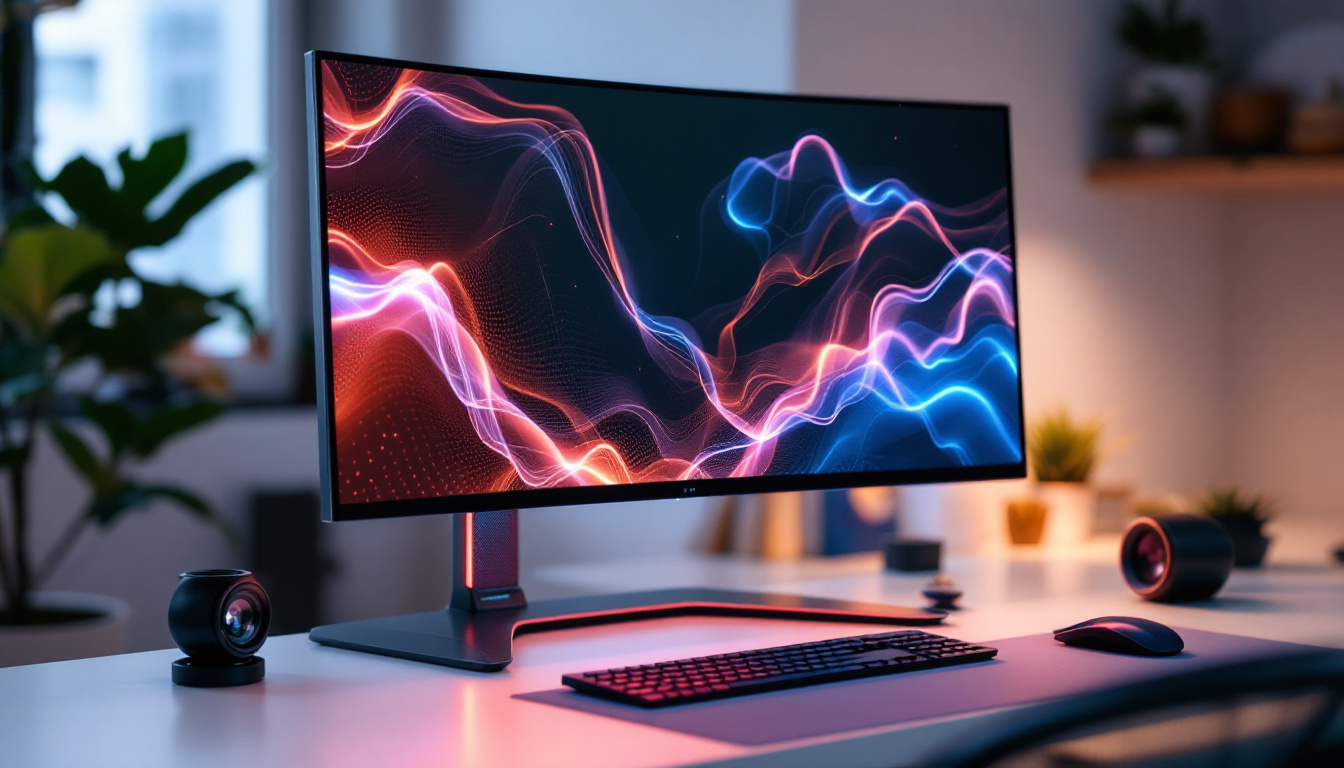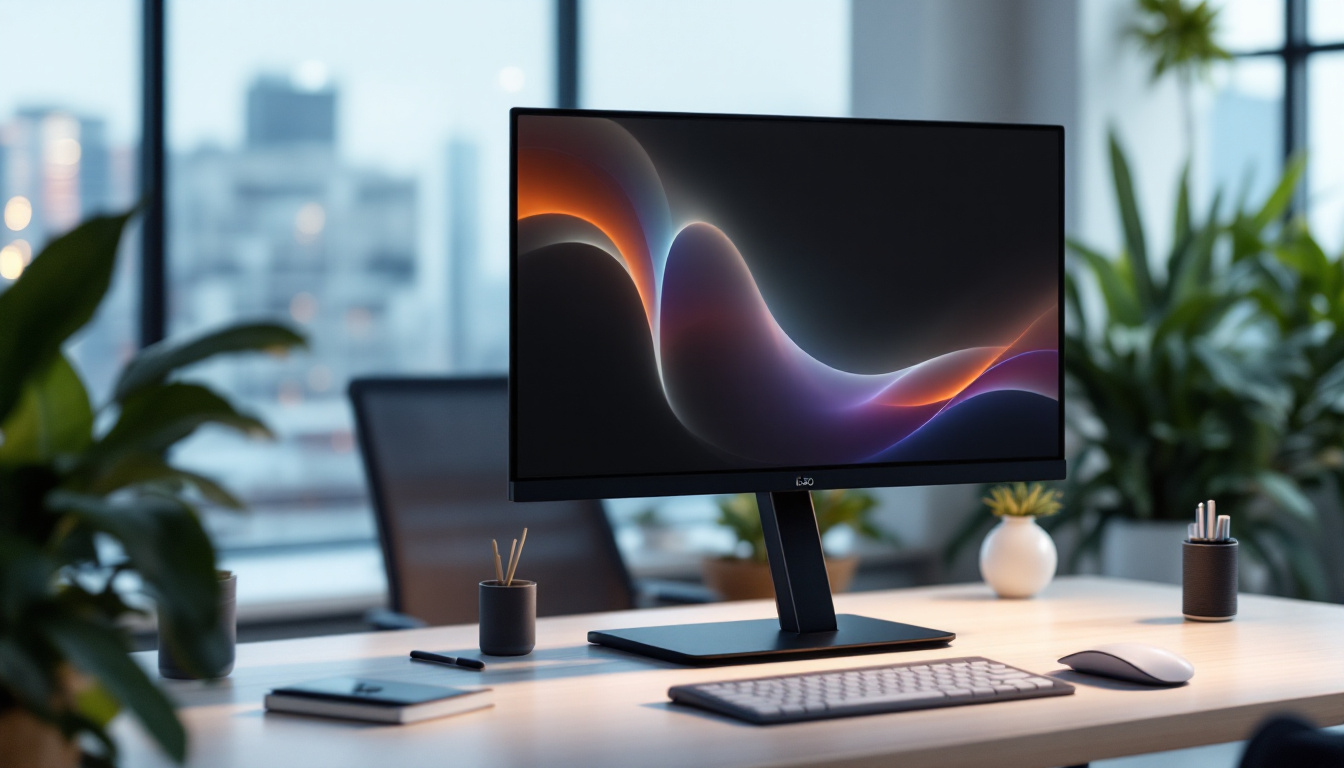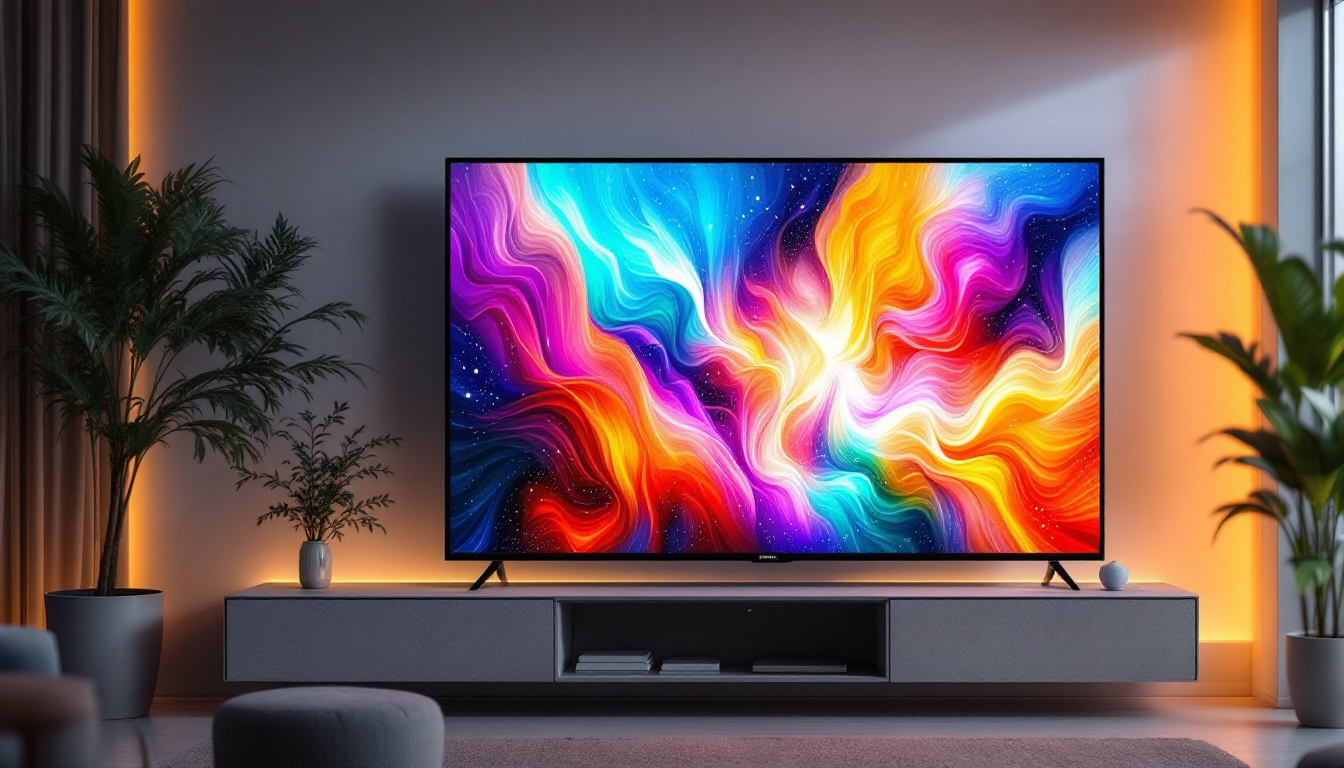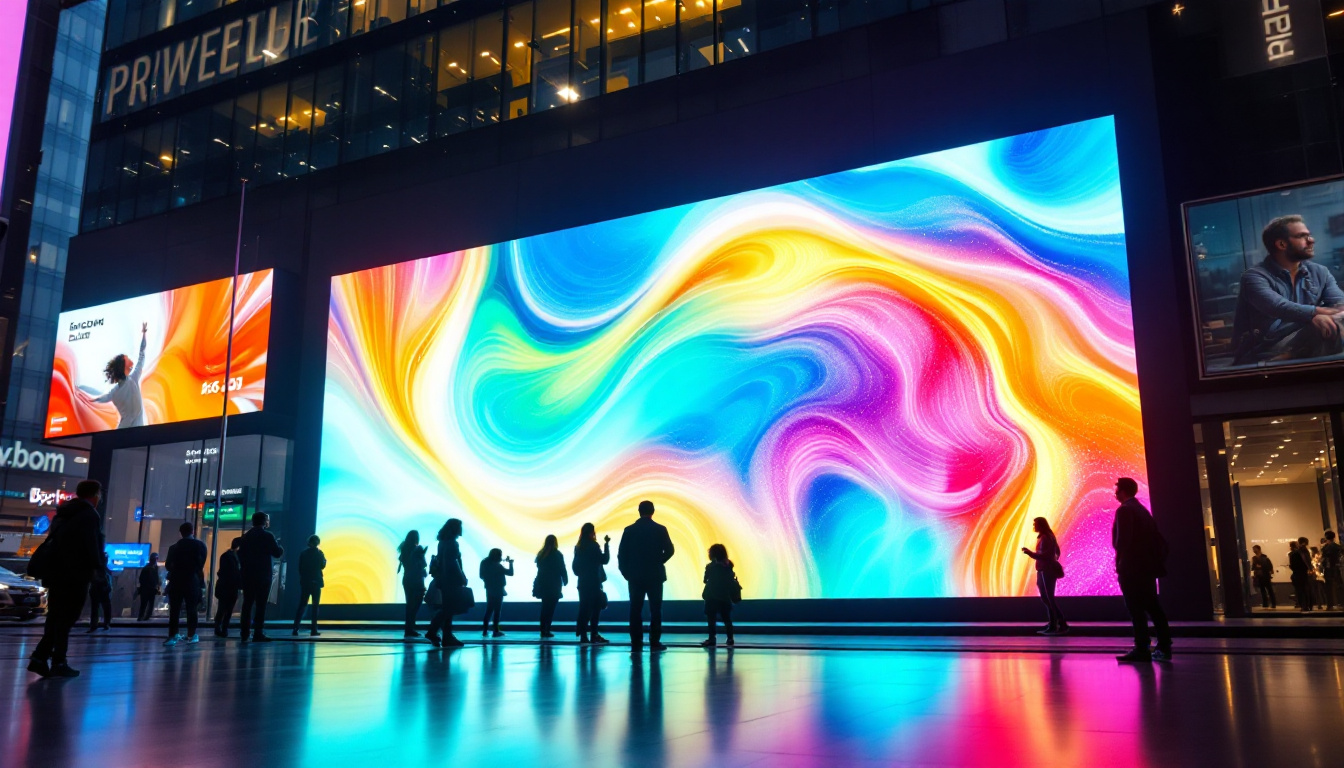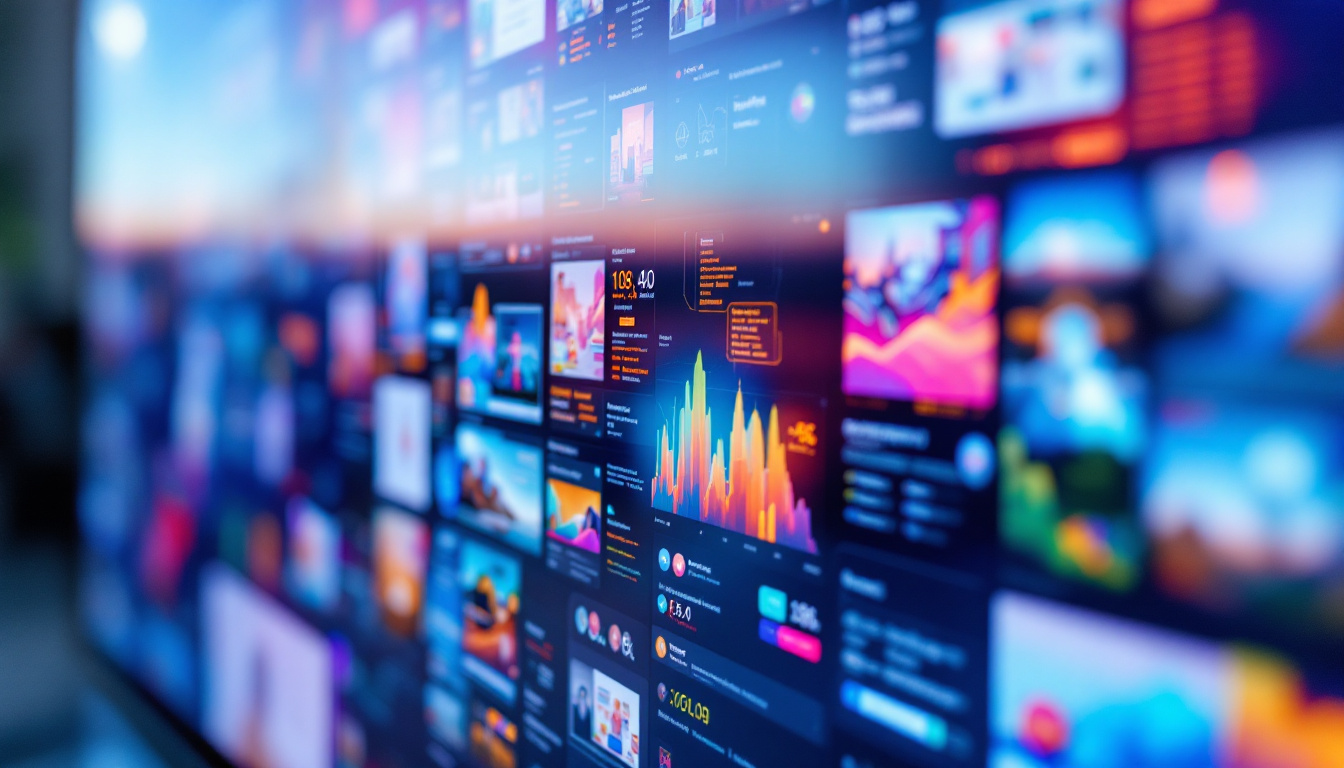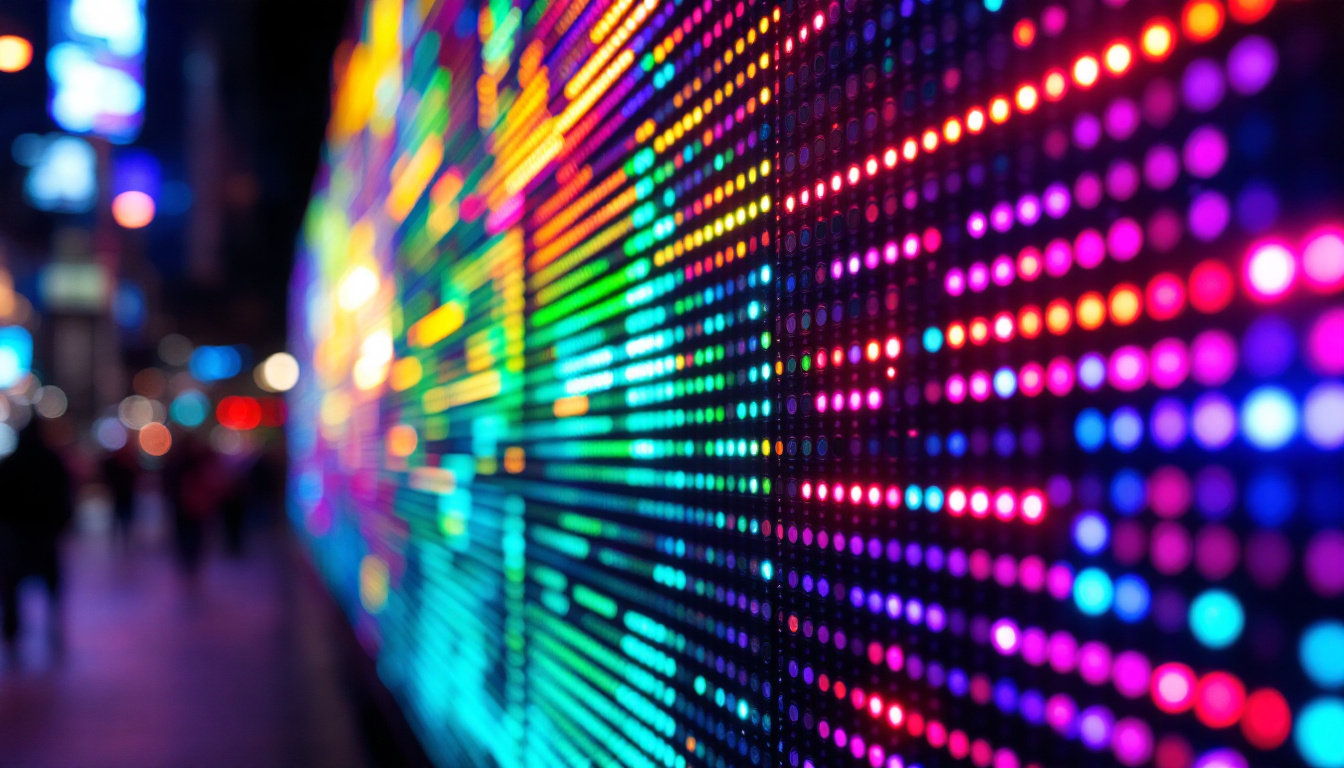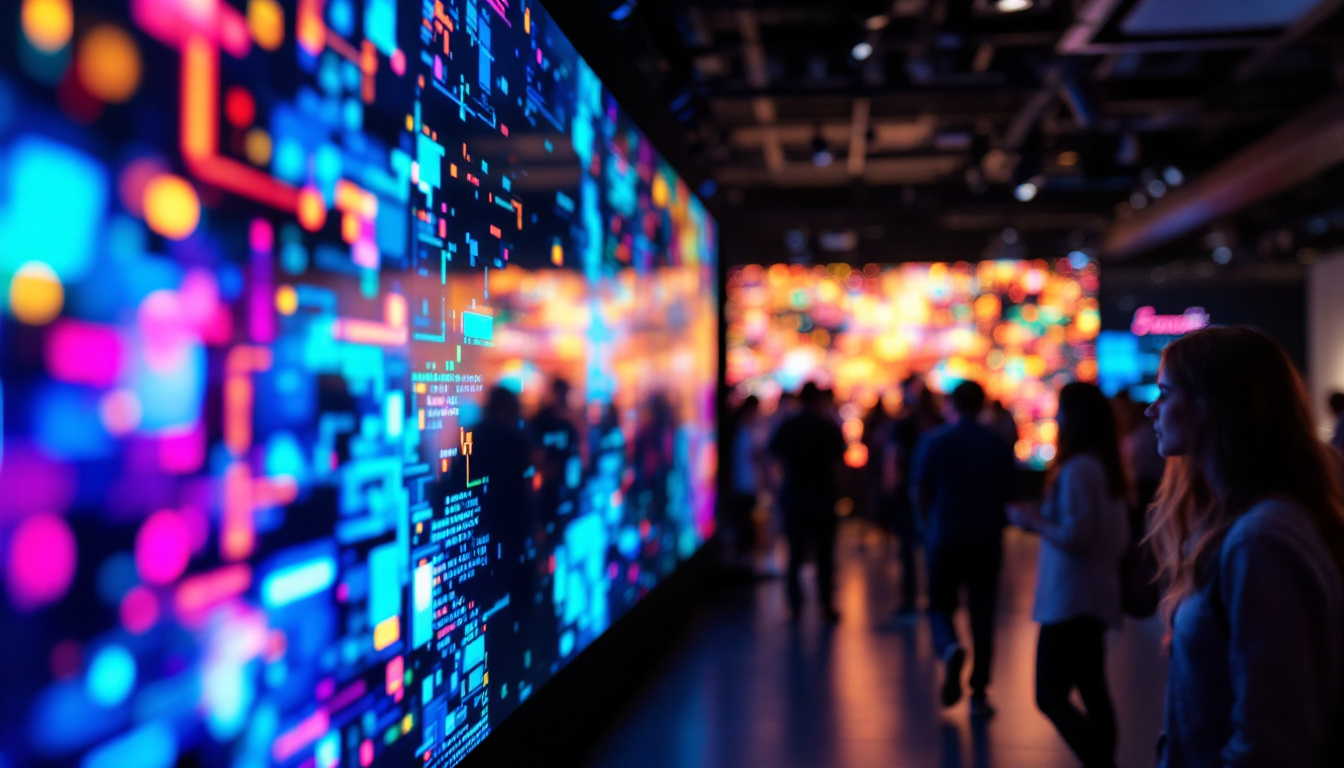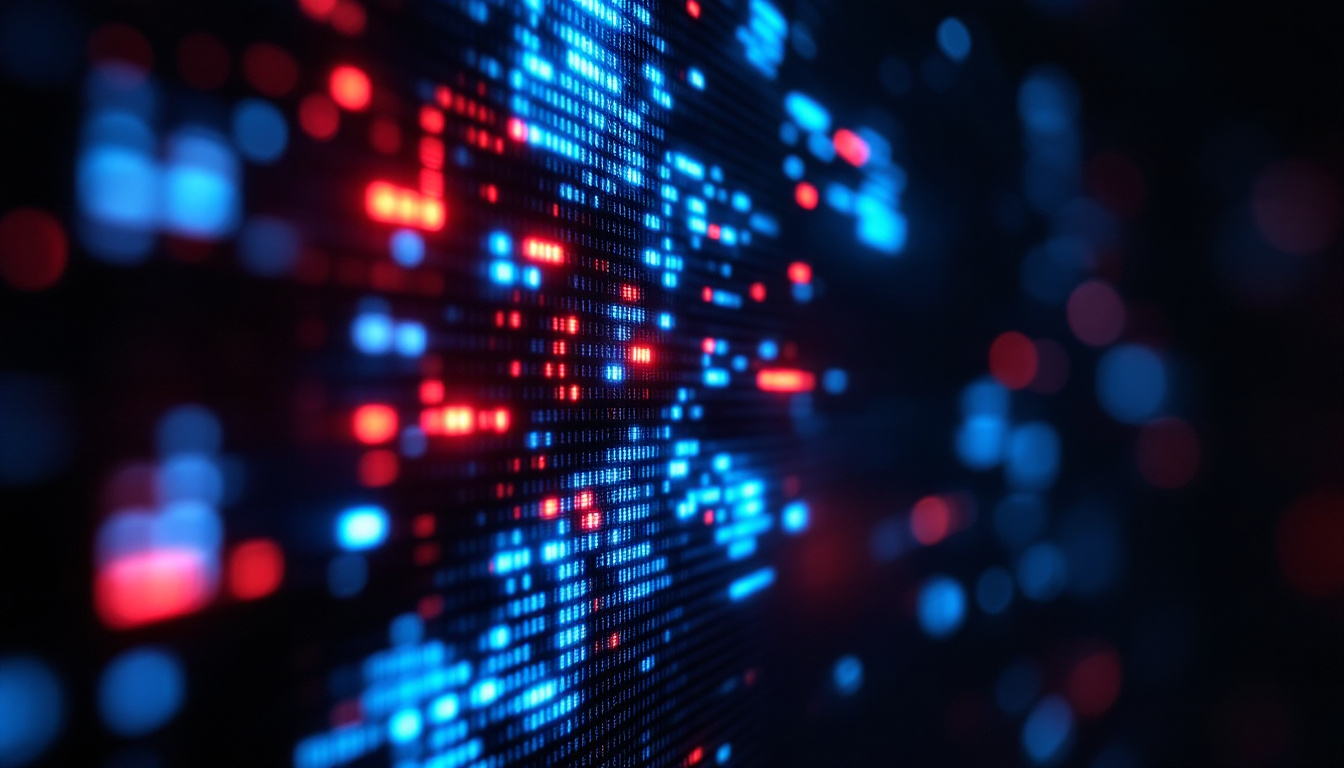The Oregon Department of Transportation (ODOT) is continually evolving to enhance the driving experience and improve safety on the roads. One of the significant advancements in the 2024 Drivers Manual is the integration of LED display technology. This article delves into the details of LED displays, their purpose, and how they are set to change the way drivers interact with their vehicles and the road environment.
Understanding LED Displays in Vehicles
Light Emitting Diodes (LEDs) have revolutionized various industries, and the automotive sector is no exception. In the context of vehicles, LED displays serve multiple functions, from providing essential information to enhancing the overall aesthetic appeal of the dashboard.
What are LED Displays?
LED displays are electronic screens that utilize light-emitting diodes to present visual information. Unlike traditional LCD screens, LED displays offer brighter images, improved color accuracy, and better visibility in various lighting conditions. This technology is increasingly being adopted in modern vehicles, allowing for a more dynamic and informative driving experience.
Key Features of LED Displays
LED displays come with several features that make them particularly advantageous for drivers. They are energy-efficient, which means they consume less power compared to other display technologies. Additionally, LED displays can be designed to be thinner and lighter, allowing for more flexible integration into vehicle interiors.
Moreover, the responsiveness of LED displays is noteworthy. They can quickly adjust brightness levels based on ambient light conditions, ensuring that information is always visible without causing distraction. This adaptability is crucial for maintaining driver focus on the road. Furthermore, the durability of LED technology contributes to its appeal; these displays are less prone to damage from vibrations and temperature fluctuations, making them ideal for the demanding environment of a vehicle.
Applications of LED Displays in Vehicles
In the realm of automotive technology, LED displays are employed in various applications. They are commonly used for instrument clusters, infotainment systems, and heads-up displays (HUDs). Each application serves a unique purpose, contributing to a more intuitive driving experience.
Instrument clusters equipped with LED displays provide real-time data, including speed, fuel levels, and engine status, in a visually appealing format. Infotainment systems leverage LED technology to deliver multimedia content, navigation, and connectivity features. HUDs project vital information onto the windshield, allowing drivers to keep their eyes on the road while accessing essential data. Additionally, LED displays are increasingly being integrated into vehicle exteriors, such as dynamic turn signals and rear lights, enhancing not only safety but also the overall design of the vehicle. This trend towards exterior LED displays is particularly beneficial in improving visibility and communication with other road users, thus contributing to safer driving conditions.
Benefits of LED Displays for Drivers
The incorporation of LED displays in vehicles offers numerous benefits that enhance safety, convenience, and overall driving enjoyment. Understanding these advantages can help drivers make informed decisions about their vehicle choices.
Enhanced Visibility and Clarity
One of the most significant benefits of LED displays is their enhanced visibility. The brightness and clarity of LED screens ensure that information is easily readable, even in direct sunlight. This feature is particularly important for drivers who rely on navigation systems or real-time data while on the move.
Furthermore, the high contrast ratios of LED displays mean that text and graphics stand out sharply against the background, reducing the chances of misinterpretation. This clarity can be crucial in high-stress situations, where quick decisions are necessary. In addition, the rapid refresh rates of LED technology minimize motion blur, allowing drivers to track moving objects or changing road conditions without losing focus. This capability is especially beneficial in urban environments where quick reflexes are essential.
Improved Safety Features
Safety is a paramount concern for all drivers, and LED displays contribute to this aspect in several ways. For instance, many modern vehicles utilize LED technology to create adaptive lighting systems that respond to road conditions and driver behavior. These systems can enhance visibility during nighttime driving or adverse weather conditions.
Additionally, LED displays can be integrated with advanced driver-assistance systems (ADAS) to provide real-time alerts and notifications. For example, if a vehicle is approaching a stop sign too quickly, the LED display can flash warnings, helping to prevent accidents. Beyond simple alerts, these displays can also provide contextual information, such as the distance to the next turn or the status of nearby vehicles, creating a more comprehensive safety net for the driver.
Customization and Personalization
Another appealing aspect of LED displays is the potential for customization. Drivers can often choose how information is presented on their screens, allowing for a more personalized experience. Whether it’s changing the color scheme, layout, or the type of information displayed, this level of customization can make driving more enjoyable.
Moreover, manufacturers are increasingly offering software updates that enhance the functionality of LED displays over time. This means that drivers can benefit from new features and improvements without needing to purchase a new vehicle. In addition to aesthetic choices, these updates may introduce new applications, such as integration with smart home devices or enhanced connectivity with mobile apps, further enriching the driving experience. As technology evolves, the possibilities for personalization are likely to expand, allowing drivers to tailor their vehicle’s interface to their specific preferences and needs.
Challenges and Considerations
While LED displays offer numerous advantages, there are also challenges and considerations that drivers should be aware of. Understanding these factors can help in making informed decisions regarding vehicle technology.
Potential Distractions
One of the primary concerns with LED displays is the potential for driver distraction. With the abundance of information available at a driver’s fingertips, there is a risk that they may become overwhelmed or distracted by the display. This can lead to dangerous situations on the road.
To mitigate this risk, manufacturers are implementing design principles that prioritize essential information and minimize distractions. For instance, many LED displays are designed to present critical data prominently while relegating less important information to secondary screens or notifications. Furthermore, some systems incorporate voice commands and haptic feedback, allowing drivers to interact with the display without taking their eyes off the road. This integration of technology aims to enhance user experience while maintaining safety as a top priority.
Cost Implications
Another consideration is the cost associated with vehicles equipped with advanced LED display technology. While the benefits are clear, the initial investment for such vehicles can be higher than traditional models. This can be a deterrent for budget-conscious consumers.
However, it is essential to weigh the long-term benefits against the upfront costs. The enhanced safety features, improved fuel efficiency, and potential for increased resale value may offset the initial expenditure over time. Additionally, as the technology becomes more widespread, the costs associated with LED displays are expected to decrease, making them more accessible to a broader range of consumers. This trend could encourage more drivers to embrace the benefits of modern vehicle technology without breaking the bank.
Maintenance and Repair Issues
As with any advanced technology, maintenance and repair of LED displays can pose challenges. Should a display malfunction, repairs may require specialized knowledge and tools, potentially leading to higher service costs. Additionally, the lifespan of LED displays can vary based on usage and environmental factors.
Drivers should consider these maintenance aspects when purchasing a vehicle with LED technology. Regular maintenance and care can significantly extend the lifespan of these displays and ensure they function optimally. Moreover, many manufacturers are beginning to offer extended warranties and service packages specifically for LED display systems, providing peace of mind for consumers. Understanding the terms of these warranties can be crucial for ensuring that drivers are protected against unexpected repair costs, thereby making the ownership experience more enjoyable and less stressful.
Future Trends in LED Display Technology
The automotive industry is rapidly evolving, and LED display technology is at the forefront of this transformation. As manufacturers continue to innovate, several trends are emerging that could shape the future of LED displays in vehicles.
Integration with Augmented Reality
One of the most exciting developments on the horizon is the integration of LED displays with augmented reality (AR) technology. This combination has the potential to revolutionize how drivers receive information while on the road.
Imagine a scenario where navigation instructions are overlaid directly onto the road ahead, allowing drivers to follow directions without taking their eyes off the path. This seamless integration could significantly enhance safety and convenience, making driving a more intuitive experience.
Advanced Personalization Features
As technology advances, so too do the opportunities for personalization. Future LED displays may incorporate machine learning algorithms to adapt to individual driver preferences and habits. For example, the display could learn which information a driver accesses most frequently and prioritize that data accordingly.
This level of customization could create a more tailored driving experience, ensuring that each driver has access to the information they need in a format that suits them best.
Environmental Considerations
With increasing awareness of environmental issues, manufacturers are also focusing on creating more sustainable LED display technologies. Innovations may include the use of eco-friendly materials and energy-efficient designs that reduce the overall carbon footprint of vehicles.
As consumers become more environmentally conscious, the demand for sustainable vehicle technologies is likely to grow. Manufacturers that prioritize eco-friendly practices in their LED display technology may find themselves at a competitive advantage in the market.
Conclusion
The integration of LED display technology in vehicles represents a significant advancement in automotive design and functionality. With enhanced visibility, improved safety features, and opportunities for personalization, LED displays are set to transform the driving experience in Oregon and beyond.
While challenges such as potential distractions and cost implications exist, the benefits of LED displays far outweigh the drawbacks. As technology continues to evolve, drivers can look forward to even more innovative features that enhance safety and convenience on the road.
As we move into 2024, understanding the role of LED displays in the Drivers Manual will be crucial for all drivers. Embracing these advancements not only improves individual driving experiences but also contributes to safer roads for everyone.
Explore LumenMatrix LED Display Solutions
Ready to experience the future of driving with the most advanced LED display technology? LumenMatrix is at the forefront of this innovation, offering a wide range of LED display solutions that cater to your specific needs. From enhancing your vehicle’s dashboard to creating dynamic visual experiences for any application, our products are designed to deliver unparalleled clarity and performance. Don’t just read about the possibilities—see them for yourself. Check out LumenMatrix LED Display Solutions today and take the first step towards transforming your visual communication.



